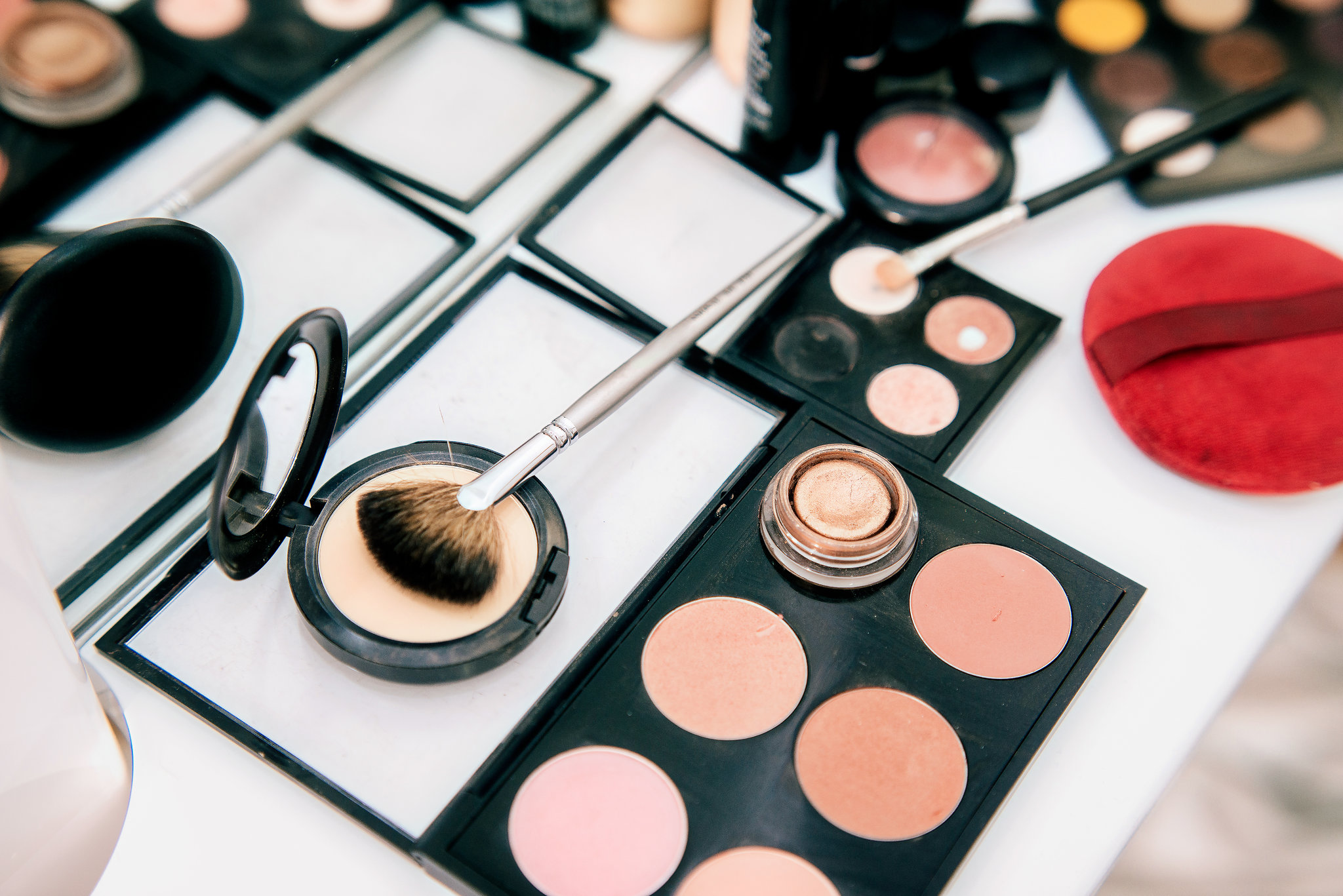
Regardless of who you are, chances are that stress is affecting your life and you could benefit from a little self-care. Enter sound baths.
The Ancient Origins of Sound Healing
Though many people have only recently heard of sound baths, the use of music for healing is nothing new. From Tibetan singing bowls to Aboriginal didgeridoos, music has been used for its therapeutic effects for thousands of years. The ancient Greeks used sound vibration to aid in digestion, treat mental disturbance, and induce sleep, and even Aristotle’s De Anima detailed how flute music could purify the soul.
Then, at end of the 19th century, researchers began to focus on proving the correlation between sound and healing. These studies proved that music could lower blood pressure, decrease pulse rate and assists the parasympathetic nervous system, which is responsible for digestion and some metabolic processes. This totally makes sense — after all, I feel amazing when I listen to Beyoncé, and who doesn’t have a go-to song for decreasing their anxiety?
The Basics: What Is a Sound Bath?
But having a primer on the history of sound therapy still doesn’t tell you what a sound bath is, which was exactly what I wanted to know before I attended my first session. Essentially, a sound bath is a meditation class that aims to guide you into a deep meditative state while you’re enveloped in ambient sound played by instructors, or sound therapists. Sometimes participants stay in a seated position on comfortable cushions during sessions, though some instructors ask attendees to lay on yoga mats.
In general, meditation is excellent for managing stress and improving your overall wellbeing. While it sounds easy enough, if you’ve ever actually tried to meditate, you know it can be very difficult. It’s hard enough to quiet the distractions in your physical environment, let alone the distractions in your own brain.
Tools of the Trade
Sound baths use repetitive notes at different frequencies to help bring your focus away from your thoughts. Generally, these sounds are created with traditional crystal bowls, gemstone bowls, cymbals, and gongs. I’ve also attended a class in which a didgeridoo was used, but that’s not a typical experience. As long as your instructor has a few bowls, you will still likely enjoy the benefits and effects.
By using particular combinations of rhythms and frequencies, it is possible to shift our normal beta state (alert, concentrating, reacting) to an alpha (creative, relaxed), and even theta (meditative state) and delta (deep sleep; where restoring and healing can occur).
For beginners, as long as you leave the normal beta state of being alert, concentrating, and reacting, then you should consider your experience a success. Calming those three instincts should leave you feeling relaxed and recharged.
What It’s Like to Experience a Sound Bath
When I attended my first sound bath, I walked into an open room that had spots set up for attendees with blankets, pillows, and mats. It looked like a professional napping set-up, and I was instantly in heaven. We laid in savasana (a yoga pose in which you lie down flat on your back),and I was so grateful that I had dressed for a nap rather than a buttoned-up board meeting.
Source : Allure






Leave A Comment
You must be logged in to post a comment.